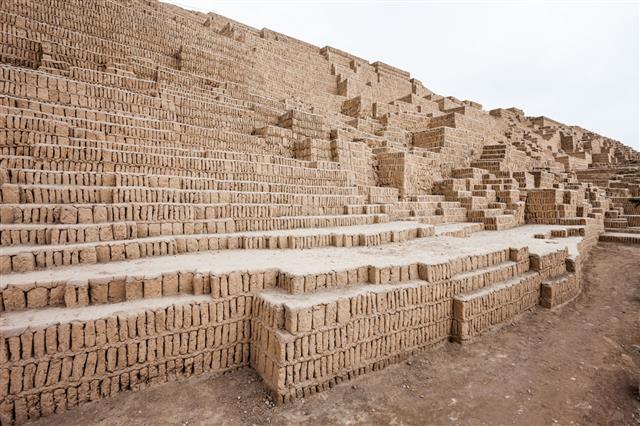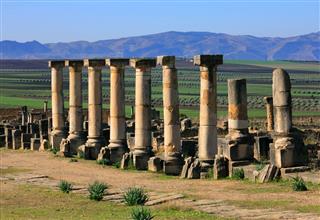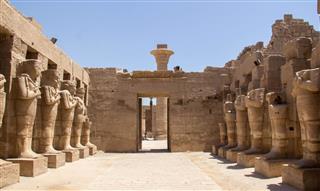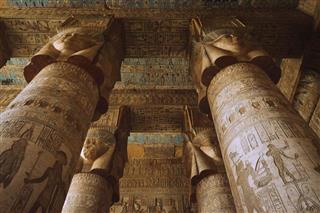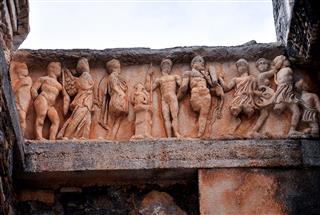
It is very difficult to accurately give a single answer, as to what was the oldest civilization in the world. As per the research done by archaeologist and historians these five were the earliest civilizations of the world, which prospered around the same time, and they were Mesopotamia, Egypt, Indus Valley, Shang, and Mesoamerica and Andean America South.
Ancient civilizations
Civilization is defined as a society that has a complex agricultural and urban culture, and is differentiated from other cultures due to social complexity and the varied economic and cultural activities that are an integral part of the society. That is the reason why, when you talk about the oldest civilization, you refer to those societies that had developed socially, economically and culturally, and not settlements of human beings who lived a primarily nomadic existence.
The World’s Oldest Civilization
The cradle of civilization is one of the five possible locations where civilization first emerged. According to many experts, civilization began in what is called the Fertile Crescent (Mesopotamia), and then spread to other areas due to a nomadic lifestyle. But this traditionally held view is disputed by several scholars and archaeologists. They are of the view that there is no single cradle of civilization, but independent development of civilization occurred in several areas, which were Mesopotamia, Egypt, Indus Valley, Shang (Yellow River Valley), and Mesoamerica and Andean South America. The reason for this belief in multiple cradles of civilization has resulted from observation, and study of relics of the period. These relics point out how different features developed irregularly and independently in these different civilizations. The interaction between different communities due to nomadic lifestyles led to the development of common systems and techniques in agriculture, pottery, metal work, etc. It is therefore difficult to specifically state which is the oldest civilization, as there is no definite answer to the question.
Mesopotamia
Mesopotamia is the most ancient civilization in the world, as it was located in the Fertile Crescent. The reason for this is that Mesopotamia is where the Tigris and the Euphrates rivers converge, making the area extremely fertile. Also since the Ubaid, Sumerian, Akkad, Babylon, and Assyrian civilizations are all located in this area. Settlements can be traced in Mesopotamia to the start of the Early Bronze age, which is before 7000 BC.
Many agrarian societies are therefore believed to have been established here. The earliest sites were in Jarmo, and the earliest cities were established in Sumer under the Uruk period. Mesopotamia, over the years, has been ruled by the Hellenists, Persians, Mongols, and Turks. Mesopotamia is the area that we now identify as Iraq.
Egypt
There is archaeological and anthropological evidence that proves that Egypt is one of the oldest civilization in the world, dating the existence of settlements back to 10000 BC. The civilization of Ancient Egypt has been responsible for several lasting legacies for humankind as a whole, including pyramids, mathematical systems, practice of medicine, glass making techniques, and also paper, in its earliest form.
The settlement then took to farming as their main source of sustenance, but remains of another settlement found in the area, that can be dated back to the same period, shows practice of hunting and fishing. It is indicated by studies that the land around Sahara was not as arid as it is today and was perfect for grazing ground. It was around 2500 BC that the settlements moved towards the Nile due to change in climate and inhospitable conditions.
Ancient India
The Indus Valley Civilization, which saw complex societal structures, have known to exist since 4000 BC, with the major cities being Harappa and Mohenjo-daro. These settlements were very self sufficient with remains of granaries, burial tombs, drills for stones and copper, etc. The decimal fraction system is one of the gifts of the Indus Valley Civilization to the modern-day world.
Settlements have known to exist in the area since before 6000 BC. studying the history of the Indus valley civilization tells us that this was a well-developed society. , found in the area near present day Balochistan in Pakistan. Both these cities have been discovered to be large cities with many structures of great magnitude inside city limits. Excavation of the sites that are believed to be a part of the civilization have been on since 1920 and the most recent discovery was in 1999.
China
China is heralded as the world’s oldest continuous civilization. Pre-civilized settlement relics dating back to 7000 BC have been found in China. In fact, in some cases, the date variance ranges between 9000 BC and 5500 BC. There is evidence of agricultural practice, pottery, craft work, and even animal husbandry. The civilization can be traced back to the establishment of city states in the Yellow River Valley around 2200 BC.
But this claim is disputed with the first dynasty that is archaeologically definable being traced to the Shang Dynasty of Ancient China which started its reign somewhere around 1750 BC. There is very little verifiable data about earlier settlements in the area due to the lack of written records or any such documents.
Andean South America and Mesoamerica
The oldest civilizations in America was located in South America and Mesoamerica. The oldest Mesoamerican civilization was the Olmec Civilization, established sometime around 1200 BC. Some of the main cities under the Olmec rule were San Lorenzo and La Venta, which like other cities, are said to have had giant statues of the then Emperor. In South America, the oldest civilization was the Norte Chico that was a group of connected settlements, with huge cities at Aspero and Caral.
It is difficult to answer a question like what is the oldest civilization and how old is it because there are no definite records or dating methods that can give us an exact time period for when these civilizations existed. But these five civilizations were the predecessors to our modern-day countries and geographical demarcations. Regardless of which of these is the oldest civilization, some of the most important inventions and discoveries, like farming or pottery can be credited to these civilizations.





